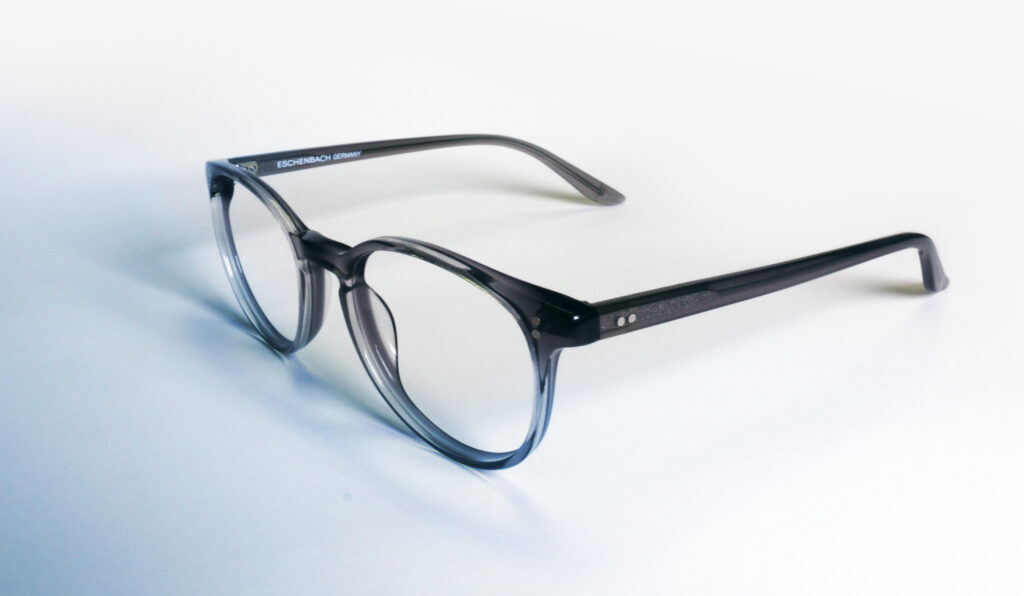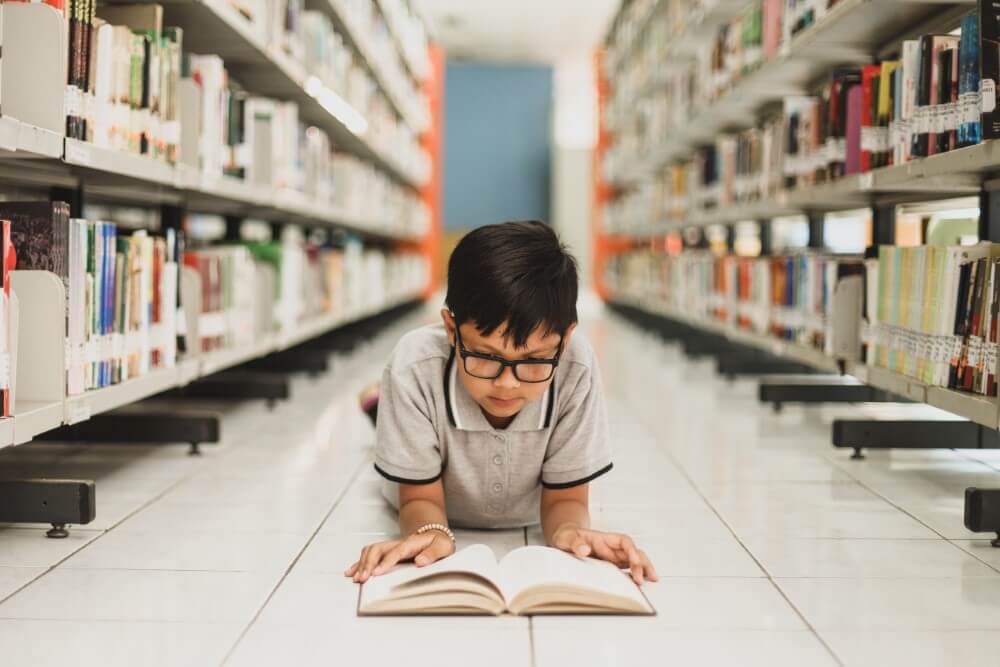
About the Author
Written by Optometrist Megan Lafferty, contact us to book an appointment with Megan.
Let’s get your children ready for going back to school!
Along with the new uniform and new shoes since they have outgrown last year’s, or shopping for new school bags and pencil cases , have you thought about your child’s eyesight?
Around 80% of learning is Visual1 and studies have shown that having proper visual correction can help improve school performance2 so in order to help your child make the most out of their academic year it would be helpful to make sure they can see properly. It has also been reported that visual correction promotes psychological well being and mental health in children3. Just imagine the effect it may have on a child if they cannot see clearly what they are trying to learn for the first time.

Having an eye test can detect any potential eye/vision related issues to ensure treatment can begin as early as possible to provide the best possible outcome.
Potential Problems with Children’s Vision
Blurry Vision
Children can have blurry vision just like adults! This may be due to a refractive error such as short-sightedness (myopia), long-sightedness (hyperopia) or astigmatism which may cause difficulty in reading or writing tasks and affect overall academic performance.
Change in Spectacle Degree
Children’s eyesight can change as they grow, so regular eye exams allow eye care professionals to monitor any changes and adjust prescriptions accordingly. This ensures that children always have the appropriate visual aids to support their changing eyesight. It is particularly important for myopic children as there is a higher risk of the degree increasing rapidly in young children.
Improper Development
Regular eye exams can help identify and address potential eye health issues, such as Amblyopia (lazy eye) or Strabismus (crossed eyes). Early detection and treatment can significantly improve outcomes5 so it is crucial to test for these at a young age.
Poor Visual Function
Our eyes have many skills and use different functions depending on the type of visual task.
For example:
- Spacial Awareness – we can use 3D vision to perceive depth
- Hand Eye Coordination – to develop vision-motor skills
- Eye Teaming – to coordinate and use both eyes together
- Tracking – to follow moving targets
- Focusing – to view objects at various distances and maintain clear vision
Even if a child has no refractive error they may still have issues with their visual function so it’s best to have an examination to ensure there is no eye condition which can hinder them from developing normally.
Colour Vision Issues
To make the classroom environment more fun and playful, some teachers may use different coloured pens and pencils. However if your child has an unknown colour vision deficiency this may put them at a disadvantage in situations like this.
Signs and Symptoms to look out for in Children
Here are some signs and symptoms to look out for which may mean your child requires/ should change their glasses degree:
- One eye turns inward/outwards
- Tilting/turning head to one side
- Rubbing/squinting their eyes when looking at things
- Excessive blinking or watery eyes
- Extreme light sensitivity
- Clumsy or poor hand-eye coordination
- Poorer performance in school with reading & writing
- Sitting closer to the TV or holding things closer to see better
- Difficulty reading the board whilst seated at the back of class
- Complaining of blurry or double vision
- Complaining of headaches/ eye fatigue
Sometimes a child may report symptoms of blurry/hazy vision but this is not always the case so it is recommended they be assessed just to be sure.
Does their frame still fit?
Another important factor to look out for is if their spectacle frame is still suitable. As we know, children often go through growth spurts and this can mean their spectacle frame becomes too small or changes position on their face. Ill-fitting glasses may not provide the necessary visual correction, potentially leading to eye strain and the progression of vision problems6. Properly fitting spectacles can help maintain good eye health to prevent the development of complications associated with uncorrected vision.

Summary
In summary, having an eye examination before going back to school is crucial for ensuring that children have optimal vision, promoting their academic success, and supporting overall eye health and development. Regular eye check-ups can contribute to a positive and comfortable learning experience for children.
If you would like to find out more about Children’s eye examinations please click here.
References:
- Glaucoma Research Foundation. January is Glaucoma Awareness Month. Eye Health (2023).(https://glaucoma.org/january-is-glaucoma-awareness-month/)
- K. Allison, D.Patel, O. Alibi. Epidemiology of Glaucoma: The Past, Present, and Predictions for the Future. Cureus (2020). doi:10.7759/cureus.11686 (https://www.ncbi.nlm.nih.gov/pmc/articles/PMC7769798/)
- NIH. Glaucoma: the ‘silent thief’ begins to tell its secrets. National Eye Institute (2014) (https://www.nei.nih.gov/about/news-and-events/news/glaucoma-silent-thief-begins-tell-its-secrets)
- NIH. Glaucoma. National Eye Institute (2023)(https://www.nei.nih.gov/learn-about-eye-health/eye-conditions-and-diseases/glaucoma)
- J. B. Jonas, T. Aung, R. R. Bourne, A. M. Bron, R. Ritch. Glaucoma. The Lancet (2017). doi:10.1016/S0140-6736(17)31469-1 (https://www.thelancet.com/journals/lancet/article/PIIS0140-6736(17)31469-1/fulltext)
- Singapore Health. Glaucoma in Singapore: Stats, Risk Factors and Prevention. Health Xchange.sg (2021) (https://www.healthxchange.sg/seniors/ageing-concerns/glaucoma-singapore-stats-risk-factors-prevention)
- H. A. Quigley and A. T. Broman. The number of people with Glaucoma worldwide in 2010 and 2020. Br J Opthalmol (2006). doi:10.1136/bjo.2005.081224 (https://www.ncbi.nlm.nih.gov/pmc/articles/PMC1856963/)





